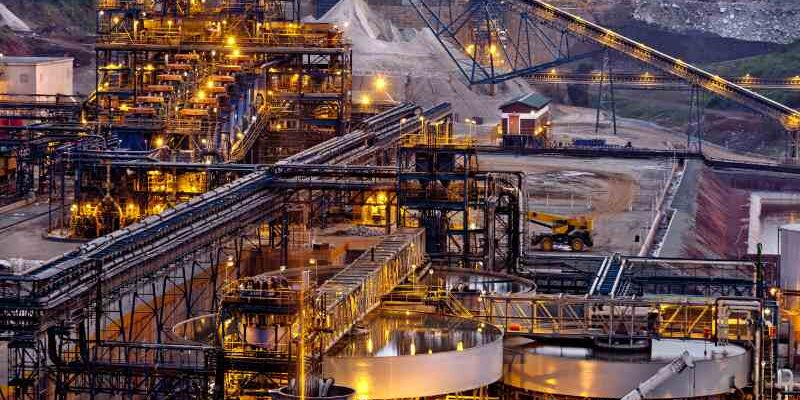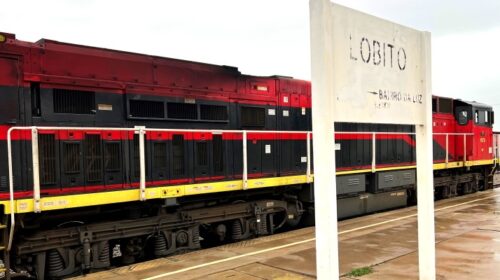Kibali Mine Tackles DRC’s Energy Deficit with Renewables
At the Makutano Forum on Thursday, November 14, 2024, several panelists discussed the theme, “Energy Deficit in the DRC: Can Miners Offer Solutions?” One of the key speakers, Jean-Paul Ilunga Mbayo, Power Engineer at Barrick Gold Corporation, highlighted the significant challenges faced by miners in investing in energy infrastructure in the Democratic Republic of Congo (DRC).
Ilunga emphasized three primary challenges that hinder progress in addressing the country’s energy deficit.
1. Economic Challenges
The foremost obstacle is the high tax burden associated with the construction of energy infrastructure. Ilunga pointed out that taxes on equipment used in building power plants are prohibitively expensive.
“If taxes related to equipment used in energy infrastructure construction were exempted, it would ease things for us,” he remarked.
He also noted the example of Kibali Mine, which operates autonomously and does not rely on energy supplied by SNEL, the national electricity provider.
2. Geographical Challenges
The geographical location of Kibali mine in the remote Haut-Uélé province presents another major hurdle. The mine is situated in a highly isolated area with no SNEL interconnection, making it difficult to access a reliable power grid. As a result, the mine has had to develop its own energy solutions to ensure smooth operations.
3. Investing in Renewable Energy
In response to the DRC’s energy deficit, Barrick, through its subsidiary Kibali Gold Mines, has made substantial investments in renewable energy.
Since its establishment in Haut-Uélé, Kibali has worked toward a sustainable energy transition. Between 2015 and 2017, Kibali funded the construction of three hydroelectric power plants along the Nzoro and Kibali Rivers, including the Nzoro 2 hydroelectric plant (22 MW), which increased the hydroelectric power share to 55%. By 2018, Kibali added the Ambarau and Azambi plants (11 MW each), boosting the renewable energy mix to 70%.
In 2020, Kibali further enhanced its energy infrastructure by installing a grid stabilizer with a battery energy storage system, raising renewable energy use to 79%.
A 2023 environmental impact study and solar plant design are expected to be completed by 2025. This solar energy and battery storage system is expected to significantly reduce fuel consumption for thermal power generation, cut downtime in the ore processing plant, and lower greenhouse gas emissions from 45 KT to 24 KT annually.
Once operational, the solar plant will increase renewable energy consumption from 81% to 85%, and Kibali will operate entirely on renewable energy for the next six years, addressing challenges related to low water levels during the dry season.
Additionally, Barrick has earmarked $34 million from the 0.3% Endowment Fund for two major solar energy projects, one in Durba and another in Makoro, each with a 2 MW capacity.
Jean-Paul Ilunga Mbayo’s presentation shed light on the critical role miners can play in overcoming the DRC’s energy challenges and driving the country toward sustainable energy solutions.
140 total views , 1 views today





